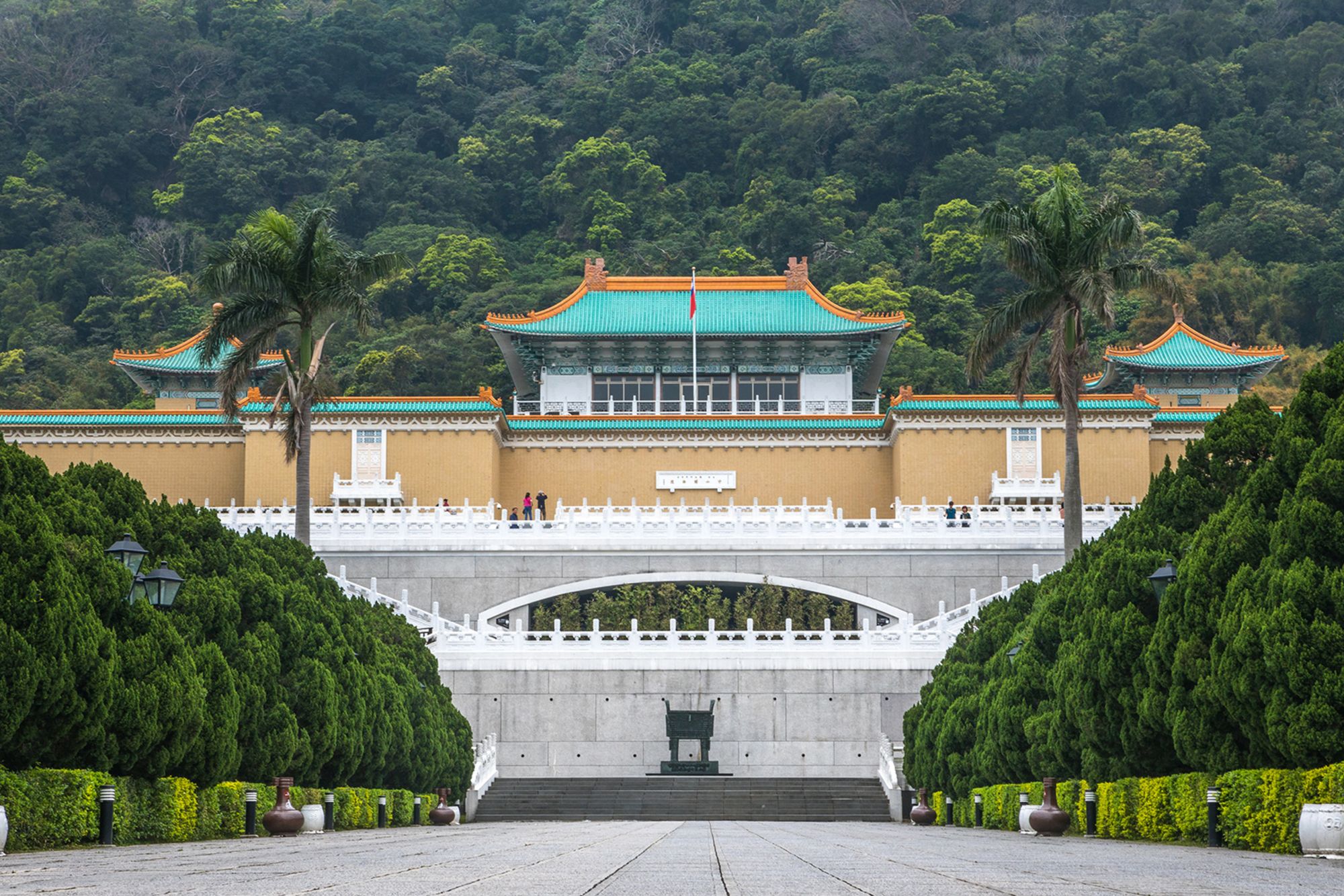In March, amid growing fears of a Russian attack on Ukraine’s cultural capital Lviv, staff at the city’s National Museum frantically packed up and hid thousands of its treasures.
Now, more than 5,000 miles away, another globally acclaimed institution is also preparing for the threat of a possible invasion.
Taiwan’s National Palace Museum, which boasts one of the world’s finest collections of Chinese imperial relics, is actively considering how it would protect its treasures if Beijing launched an attack. With China stepping up military pressure on the self-ruled island, the institution last week conducted its first ever “wartime response exercise” centered on evacuating its artifacts.
“The most important goal of this exercise is to let our staff know who is doing what if war breaks out, and how to react,” museum director Wu Mi-cha told CNN prior to the training session, adding that the institution was working with security and law enforcement agencies to refine its plans.
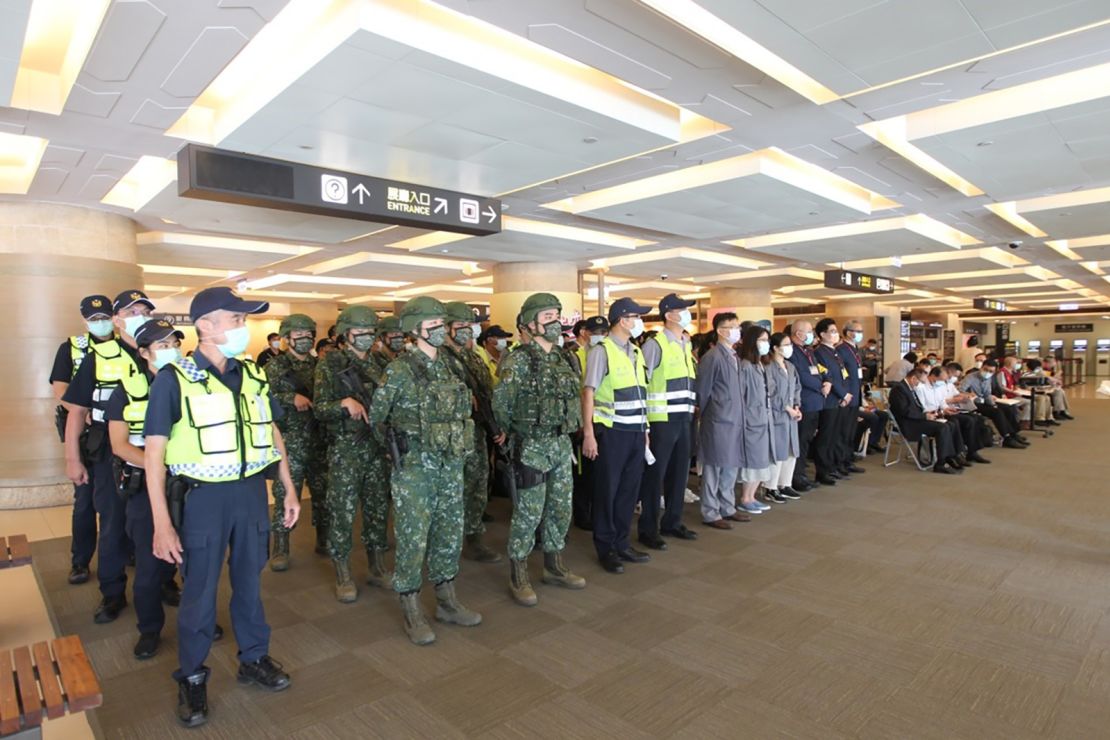
The move comes after Wu revealed to lawmakers that he was unable to think of an ideal location to store the museum’s historical relics in the event of war. Pressed on his plans during a parliamentary meeting in mid-March, just weeks after Russia’s invasion of Ukraine, the director promised to devise an evacuation strategy and hold a drill in July.
China’s ruling Communist Party has long claimed Taiwan as its own territory and, despite having never controlled the island, has not ruled out taking it by force. In recent months, the self-governing democracy of 24 million people has faced growing military posturing from China, which has frequently sent warplanes near the island. In late June, the People’s Liberation Army (PLA) Air Force flew 29 aircraft into the territory’s air defense identification zone (ADIZ), the third-highest daily number of jets this year, according to Taiwan’s Ministry of National Defense.
China’s tacit support for Russia’s war on Ukraine has fueled speculation over its intentions with Taiwan, raising questions about how the world might react should it launch an attack. Concerns over a possible invasion have prompted the Taiwanese government to beef up its combat readiness and wartime preparation. Three other institutions in Taiwan – the National Taiwan Museum, the National Museum of Taiwan History, and the National Taiwan Museum of Fine Arts – confirmed to CNN that they are also devising evacuation strategies for their collections.
During last week’s exercise, about 180 staff members were taught how to respond to various scenarios, including how to request help from police or the military if security facilities are damaged and artifacts are seized by enemy forces. The special training will be added to existing safety drills (which are currently geared toward terrorist attacks and natural disasters in the earthquake-prone capital, Taipei) to boost staff’s overall ability to protect the collection, according to the museum.
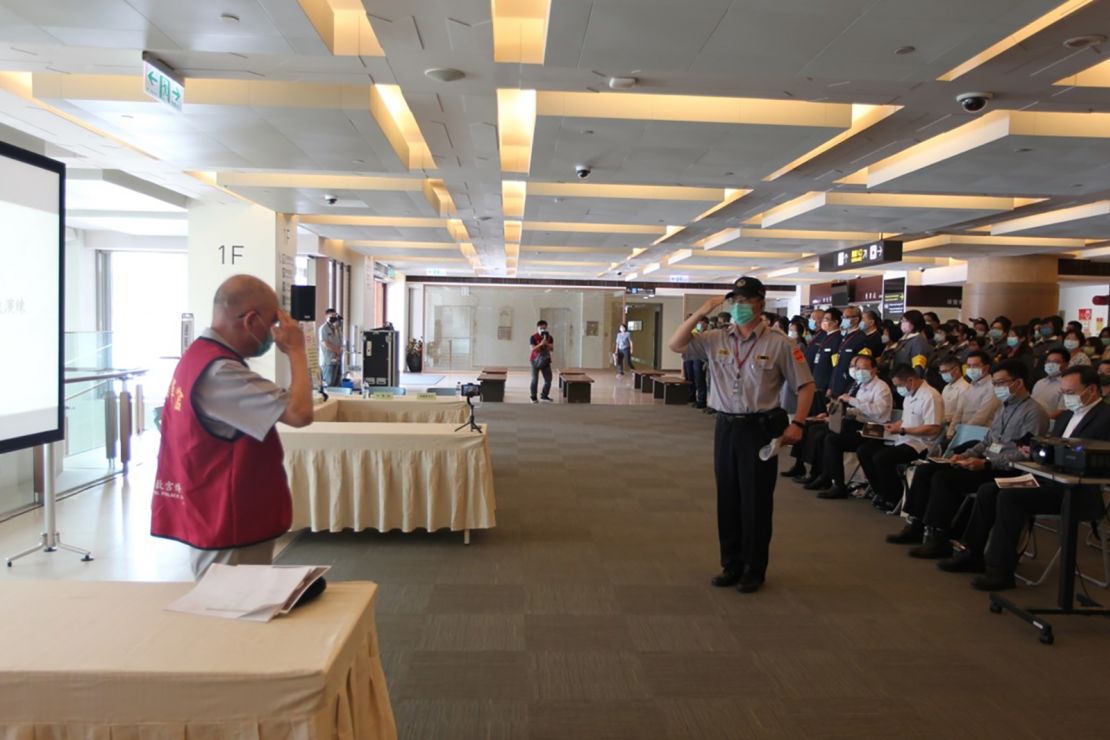
In the case of an evacuation, the museum said it would focus on saving around 90,000 relics from its 700,000-strong collection, prioritizing artifacts of higher value and those that take up less space.
“Whether we need to evacuate the artifacts is subject to the commander-in-chief if there is a war. That said, the museum needs to prepare itself now, so that we can act immediately if we receive such orders,” museum officials said.
The museum would not disclose where the evacuated items would be stored, or how they would be transported there.
Surviving two wars
Taiwan’s National Palace Museum is renowned for its vast collection of artifacts once housed at the Palace Museum in Beijing’s Forbidden City – treasures that have already survived two wars.
In the early 1930s, amid the prospect of a Japanese invasion of Beijing, the Chinese government moved parts of the imperial collection south to Shanghai and Nanjing. Later that decade, many of the artifacts were transported further inland to various locations in Sichuan province.
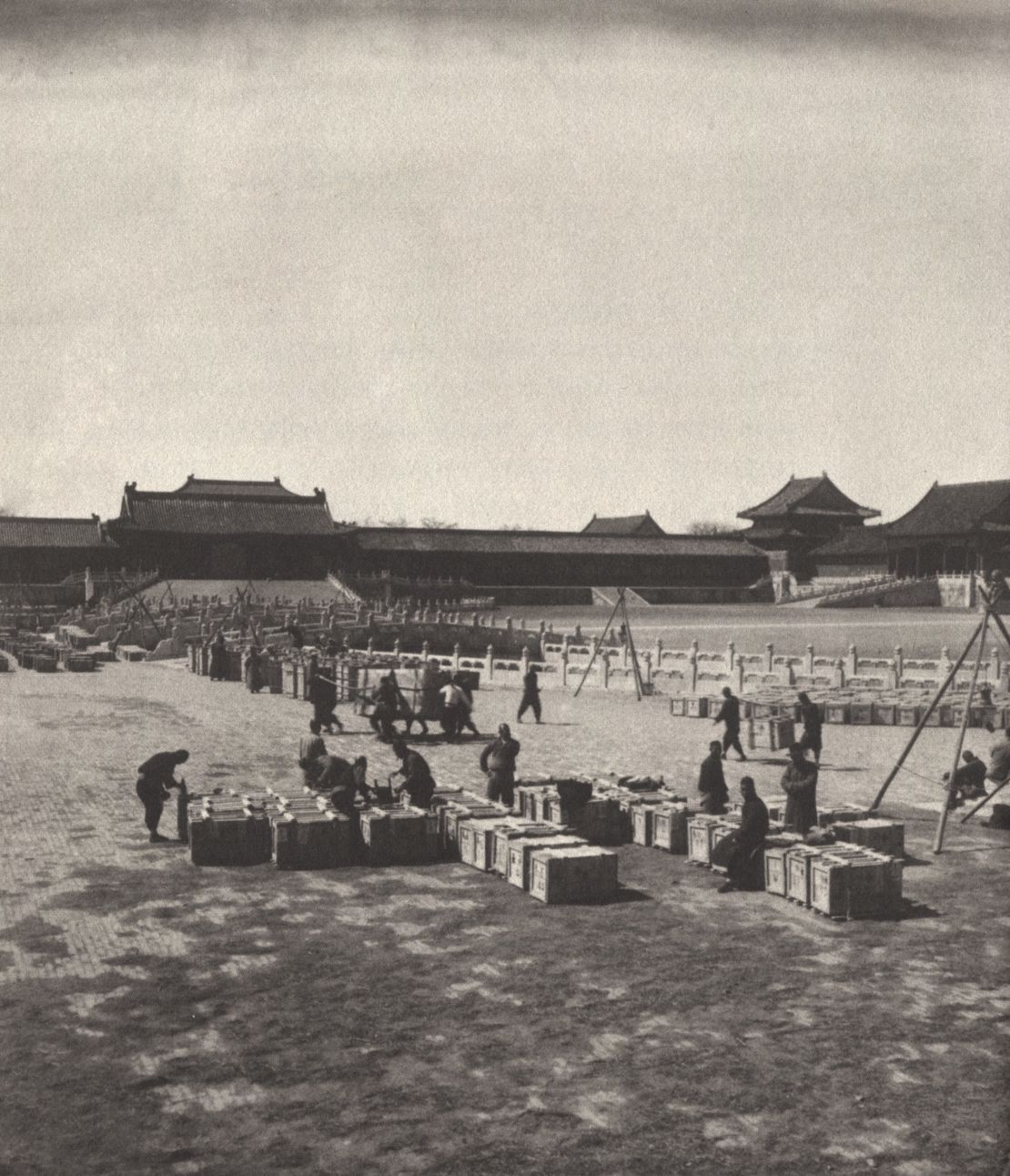
Accompanied by a group of dedicated escorts, who faced constant bombing threats, the treasures were taken across the country via trains, trucks, horse carts and boats, being hidden in temples and caves along the way. In 1947, two years after Japan’s surrender to the Allies, the collection was reassembled in Nanjing.
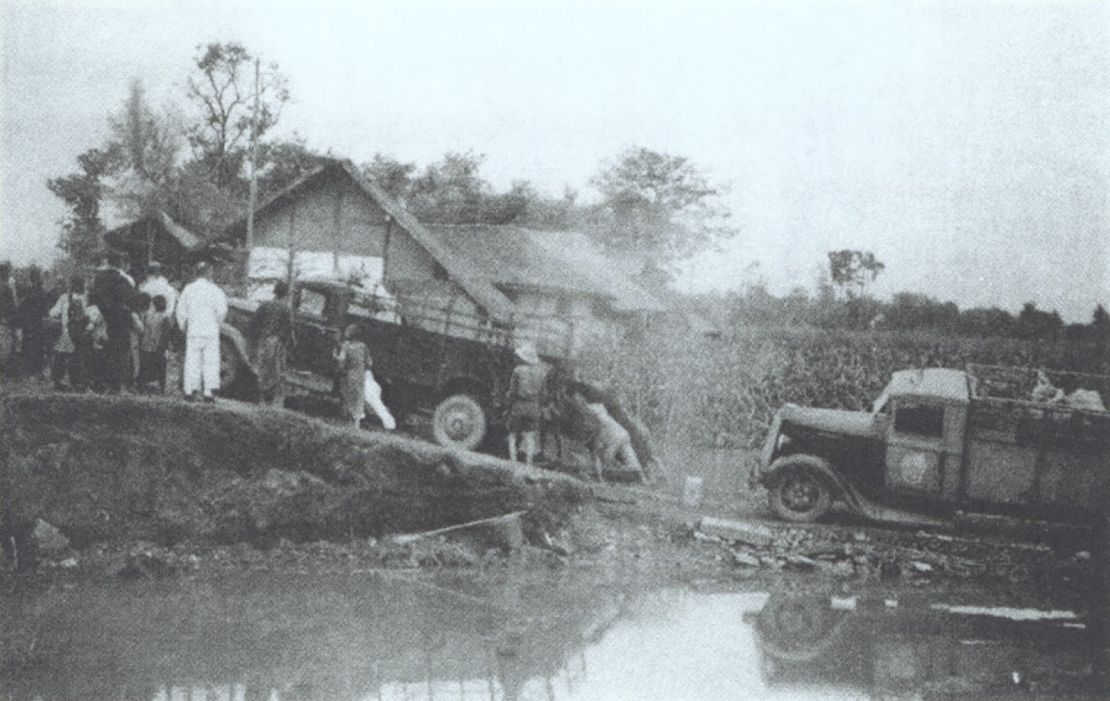
But by that time, the bloody civil war between the then-ruling Kuomintang (KMT) and the insurgent Chinese Communist Party (CCP) had resumed. When defeated KMT forces retreated to Taiwan in 1949, they took with them over 600,000 items from the Palace Museum and other academic institutions – artifacts, artworks, books, maps and government records that would form the backbone of the Taipei museum’s collection.
After storing the items in a former sugar mill and a cave outside the Taiwanese city of Taichung, the KMT dredged tunnels deep into a hill on the outskirts of Taipei for the artifacts’ safekeeping. The National Palace Museum was eventually built at the base of the hill and, after opening in 1965, began exhibiting the collection to the public.
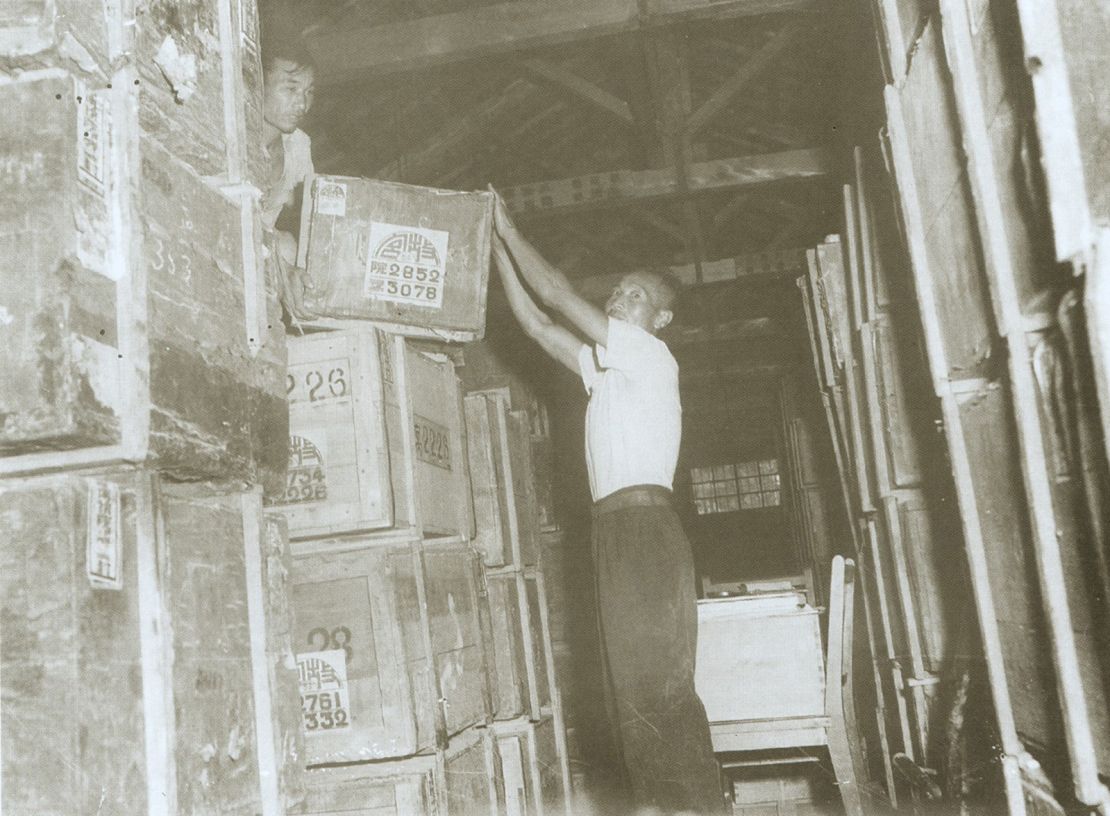
Museum’s political significance
For decades, the museum and its treasures have been imbued with political and national symbolism.
When the KMT retreated to Taiwan, it took what it considered to be the most valuable parts of the Palace Museum’s collection. Possessing these objects positioned the party as the custodian of Chinese culture and strengthened its claim of being China’s legitimate government, according to Hsu Ya-hwei, an art history professor at National Taiwan University.
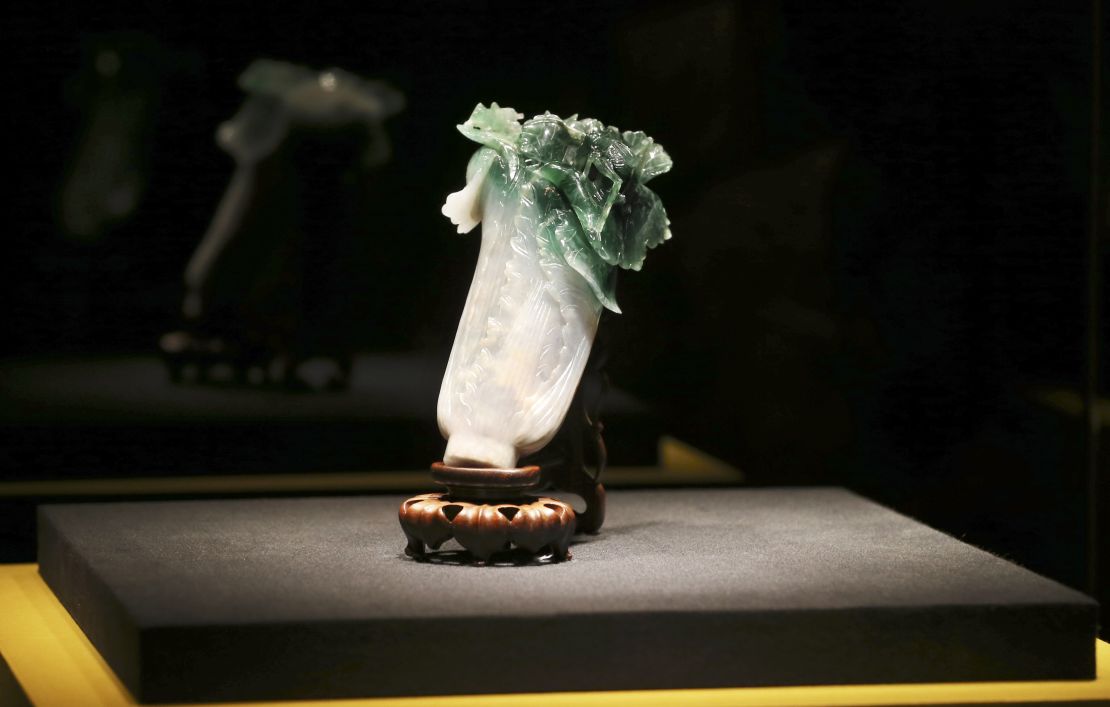
Hsu added that this position grew more prominent during the Cultural Revolution of the 1960s and 1970s, when large swathes of China’s heritage were destroyed in Mao Zedong’s campaign against the “Four Olds”: old customs, culture, habits and ideas.
“It was during this time that the museum’s collection became very important, because it was the embodiment of Chinese culture,” Hsu said.
In recent decades, the National Palace Museum has expanded its scope beyond China, staging different types of exhibitions and opening a new southern branch, in rural Chiayi county, that showcases the interconnectivity of Asian cultures. But its collection of treasures from the mainland is what has “put Taiwan on the map,” Wu, the museum director, said.
“War has brought these artifacts to Taiwan,” he added. “It falls on us to protect these legacies that are invaluable to human civilizations.”
